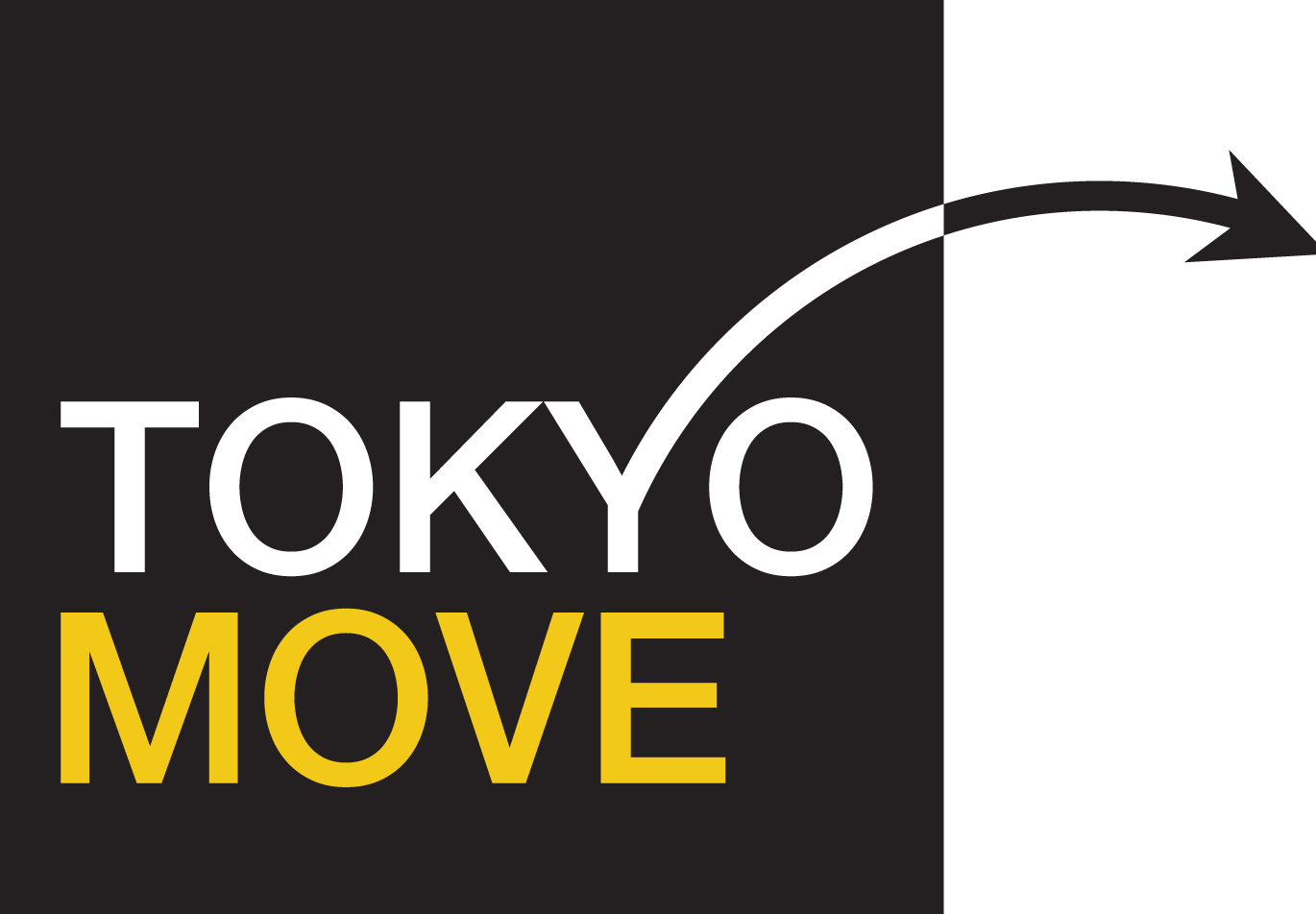7 Essentials to Know about Working with Japanese Teams - Michael McCoy
Guest Blogger of this week , Executive Coach , Michael McCoy shares us his deep knowledge on a 7 Essentials to Know about Working with Japanese Teams.
Michael McCoy is a bilingual Tokyo-based executive coach linkedin.com/in/mccoyjapan/
Leading Japanese teams as a foreigner requires cultural adaptability, patience, and a willingness to bridge gaps in expectations. Be curious, and meet your team where they are, not where you culturally want them to be. Foster an environment of mutual respect and understanding. This will enhance trust, collaboration, and long-term success.
1. High-Context Communication
Japanese culture is ‘high-context,’ meaning much of the communication relies on implicit understanding, non-verbal cues, and shared context rather than direct words. Foreign managers should focus on active listening and reading between the lines, as Japanese team members may hesitate to express disagreement or criticism outright.
Tip: After meetings, confirm understanding and gather feedback in one-on-one settings to encourage honest input.
2. Consensus Decision-Making (Ringi Process)
Japanese teams often rely on the ringi-sho process, a bottom-up approach to decision-making that emphasizes group consensus. Foreign managers may find this slower compared to direct, top-down decision-making but should respect and facilitate this process to build trust and alignment.
Tip: Avoid rushing decisions. Instead, involve team members early (a process called Nemawashi (literally ‘binding the roots’) to ensure their input and commitment.
3. Leadership Style: Be a Facilitator, Not a Commander
Japanese employees may expect leaders to act as **facilitators** who guide the team rather than issue directives. Authority is respected, but leaders should balance this with humility and a collaborative approach.
Tip: Lead through influence and relationship-building rather than assertive, individualistic leadership. Show commitment to the team’s collective success.
4. Hierarchy and Deference
Japan operates in a hierarchical system where seniority and rank are highly valued. Employees may avoid openly challenging authority or speaking first in discussions. Foreign managers must be mindful of this dynamic and create safe environments for input from all levels.
Tip: Use structured approaches like ‘round-robin discussions’ to encourage participation without singling anyone out. Be wary of making sample suggestions just to ‘get the ball rolling’ in a silent meeting room, as these may be interpreted and actioned as instructions.
5. Indirect Feedback
Feedback is often delivered indirectly in Japan to maintain harmony and avoid embarrassment (face-saving). Direct, critical feedback common in Western cultures can be perceived as overly harsh or rude.
Tip: Use a ‘feedback sandwich’ (positive-constructive-positive) or couch feedback in terms of group improvement rather than individual shortcomings.
6. Work-Life Balance and Long Hours
Japanese teams are known for their dedication and long work hours, sometimes at the cost of personal time. As a foreign manager, you should model healthy work habits while respecting cultural norms.
Tip: Encourage efficiency and prioritize meaningful contributions over ‘presenteeism.’
7. Adapting to Change
Japanese teams may approach change cautiously, as risk-aversion is common. Foreign managers should introduce changes incrementally and highlight how they align with established practices and goals. Better still, for optimum buy-in, get the whole team involved in brainstorming and deciding the change.
Tip: Social proof is gold in Japan. Use data, case studies, or examples from similar contexts to build confidence in new initiatives.
Further reading: Erin Meyer’s ‘The Culture Map’

